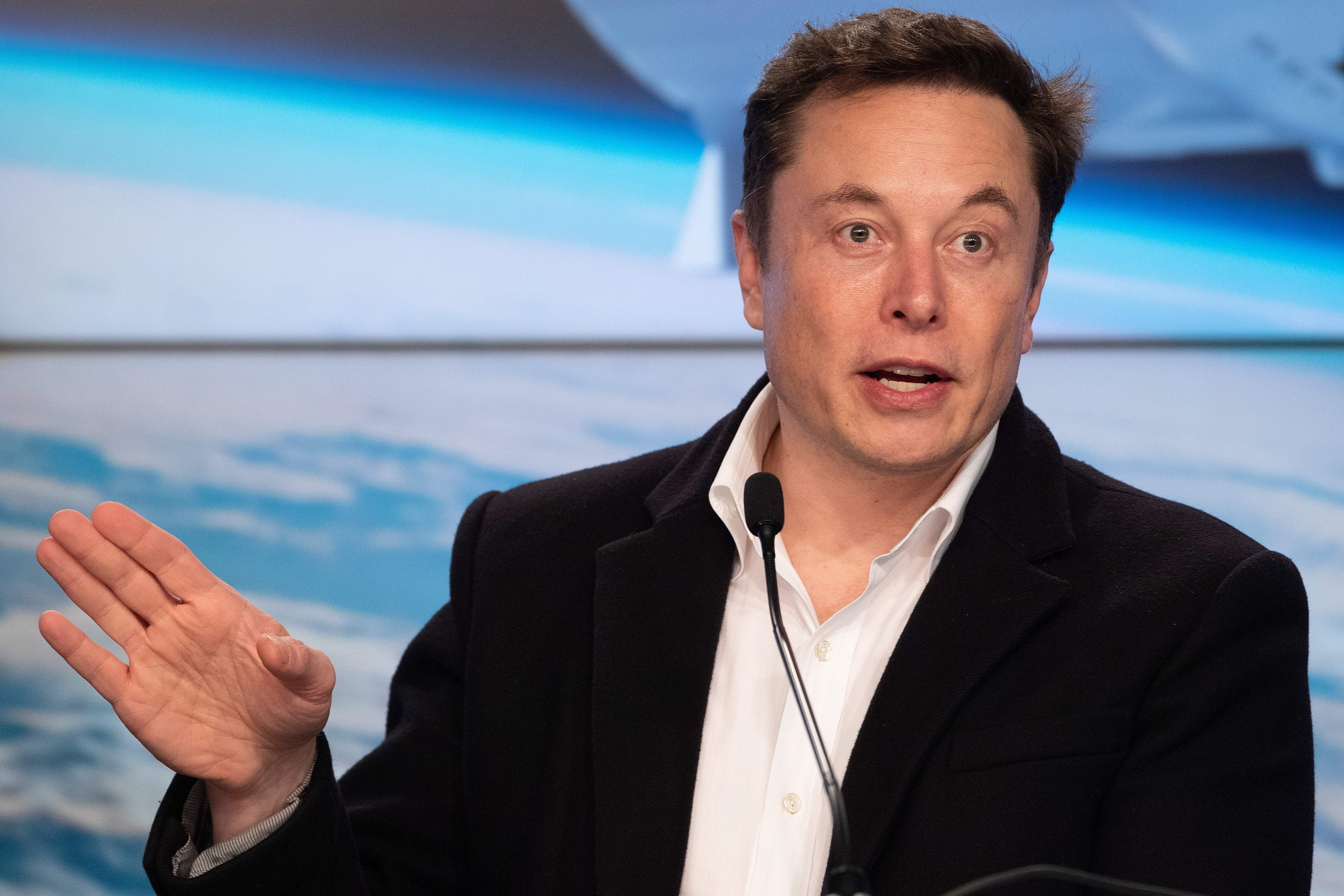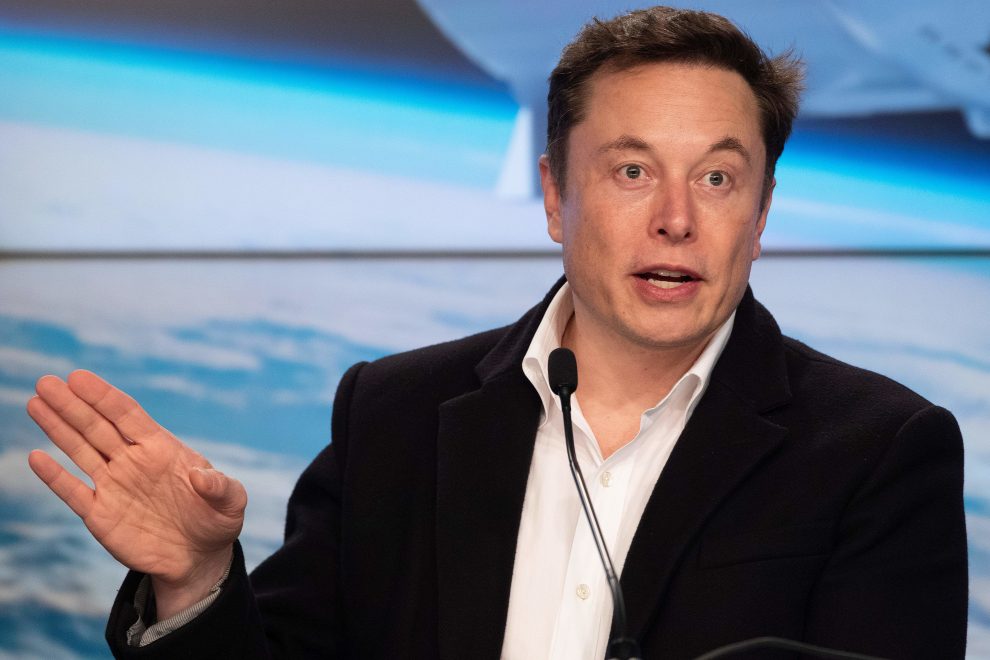
Elon Musk
Jim Watson | AFP | Getty Images
Wall Street analysts were disappointed but not surprised with Tesla‘s dismal earnings report on Wednesday after the bell. Many analysts continued to decry the lack of margin and profit improvement and said the company’s report still raises more questions than it answers.
The automaker posted a loss that was bigger than analysts expected sending shares down more than 10%. The executive exodus also continued with the company announcing the departure of Chief Technology Office & co-founder JB Straubel though Tesla said he would stay on in an advisory role.
Tesla had some positive momentum going into the earnings report after reporting record delivery and production numbers earlier this month.
“More negatives than positives as Q2 auto gross margin comes in below expectations,” analysts at Citi said.
“The quarter will likely fuel the bear case around Tesla’s ability to achieve sustainable profitability after the company’s stronger H2 2018 performance,” they said.
“Automotive gross margins were well below expectations — and were the key metric investors were focused on into the print given the record amount of deliveries,” Goldman Sachs analyst David Tamberrino said.
“We believe this will weigh on shares as investors question the company’s ability to maintain vehicle profitability while increasing demand — which is still an area for debate,” he said.
These issues don’t seem any closer to being resolved, RBC said.
“Not a lot to like from TSLA’s 2Q19 print: softer gross margins with an unclear path to see them higher, larger loss than expected, vaguer guidance and CTO departure,” analyst Joseph Spak said.
One analyst was a bit more sanguine.
“Contrary to the 11% plunge in the aftermarket, we thought Tesla’s Q2 results were fine,” Bernstein analyst Toni Sacconaghi said.
“Not great, but not terrible either.”
Here’s what else the major analysts are saying about Tesla’s earnings report:
Goldman Sachs- Sell rating
“However, Automotive gross margins were well below expectations (approx. 18.9% vs. GSe 19.8% and consensus of 20.5%) — and were the key metric investors were focused on into the print given the record amount of deliveries. We believe this will weigh on shares as investors question the company’s ability to maintain vehicle profitability while increasing demand — which is still an area for debate.”
Morgan Stanley- Equal-weight rating
“We continue to believe Tesla is fundamentally overvalued but strategically undervalued. While we still expect near term volatility in the stock to be driven by real-time data-points around demand in the US and international market for Tesla’s electric vehicles, we also expect discussions around the nature and value of the company’s technology to be an important part of the narrative going forward.”
Barclays- Underweight rating
“Results and lukewarm guide validate our move the metal hypothesis. Although the push to move the metal led to record deliveries, neither revenues nor EPS were anywhere near a record – calling into question the growth story (which should be further undercut by TSLA continuing to cut cap ex). While bears had been in their caves bracing for a modest non-GAAP loss and some bullish investors might have even anticipated modest non-GAAP profit, TSLA’s 2Q19 result of -$1.12 should mark the top of the current swing trade.”
Bernstein- Market-perform rating
“Contrary to the 11% plunge in the aftermarket, we thought Tesla’s Q2 results were fine. Not great, but not terrible either. While revenues were slightly below consensus, operating income and net income were largely in-line after adjusting for one-time expenses; Model 3 gross margins actually improved by ~250 bps; FCF beat handily, albeit mostly due to lower capex; and the company reaffirmed its FY 19 delivery target of 360-400k vehicles.”
Bank of America- Underperform rating
“In addition to the somewhat lighter 2Q:19 operating results and more opaque 2019+ financial outlook, a number of hurdles still remain ahead for TSLA, including: (1) ongoing Model 3 production ramp and future challenges associated with an expanding product lineup; (2) what could be continued cash burn from production/delivery issues and new factory construction, which could pressure liquidity even with the recent capital raise; (3) spike/burnout pattern for Model S/X and likely Model 3; and (4) the prospect of new competition and longer-term obsolescence.”
RBC- Underperform rating
“Not a lot to like from TSLA’s 2Q19 print: softer GMs with an unclear path to see them higher, larger loss than expected, vaguer guidance and CTO departure. We see TSLA entering a period that won’t screen well for growth. Further, we continue to believe assumptions needed to support current levels are too high. PT remains $190; Underperform.”
Citi- Sell/High risk rating
“More negatives than positives as Q2 auto gross margin comes in below expectations (despite a respectable ~$50k Model 3 ASP), Q3 profit guidance walked-back to around breakeven and CTO JB Straubel stepping down to become a senior adviser to the company. The quarter will likely fuel the bear case around Tesla’s ability to achieve sustainable profitability after the company’s stronger H2 2018 performance. Although positive FCF and ~$5bln of quarter-end cash should ease imminent balance sheet concerns, low capex does question the quality of the result. With the stock having run up since the Q2 deliveries, we expect a pullback on these results and maintain our Sell/High Risk rating.”
Nomura- Neutral rating
“FCF was a bright spot as Tesla generated over $600mn during 2Q, though it came at the expense of invested capital as both R&D and capex were well below expectations. Overall, we doubt this quarter will inspire enough confidence to get the stock working, and, as such, we maintain our Neutral rating.”






